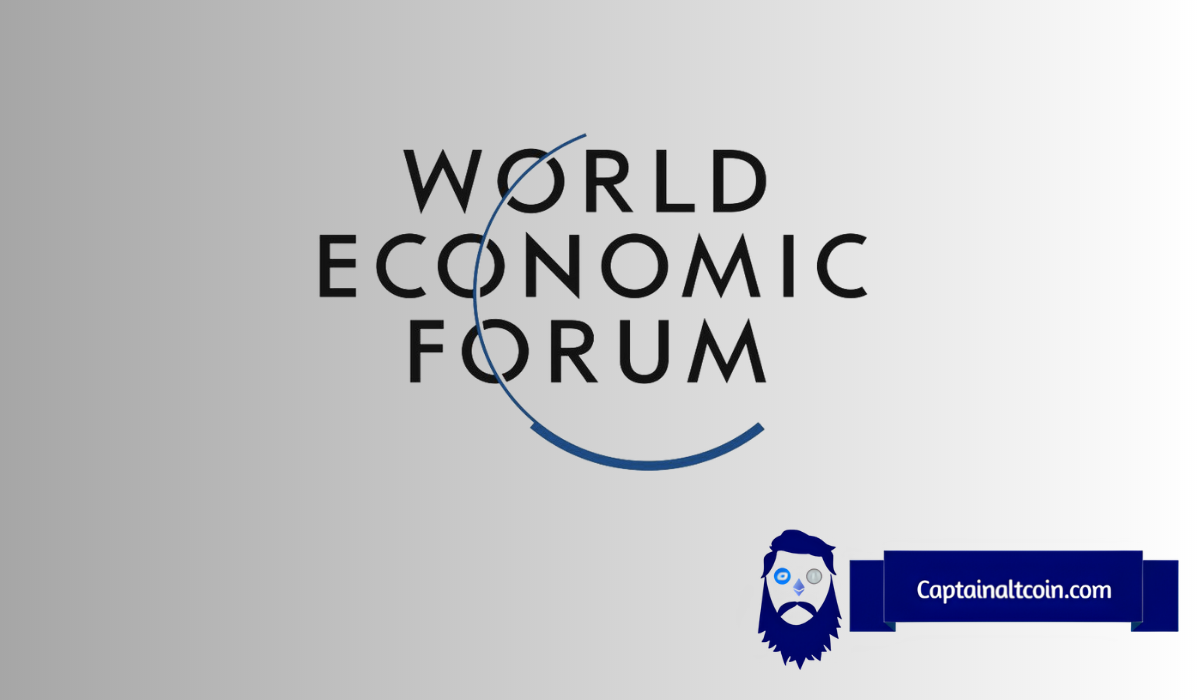
The World Economic Forum (WEF) recently released a white paper titled “Pathways to the Regulation of Crypto-Assets: A Global Approach.” This document is expected to significantly influence the future of cryptocurrency regulations worldwide, potentially reshaping the crypto market.
The WEF’s white paper emphasizes the necessity of global crypto regulations due to the increasing connections between cryptocurrency and traditional finance. The authors argue that the absence of universally accepted definitions for different types of cryptocurrencies and a lack of coordination between regulatory agencies are significant challenges to global crypto regulation.
Doge2014 raises 500K in days celebrating Dogecoin. Make potentially big profits and get in on exclusive airdrop!
Show more +The WEF proposes five primary approaches to crypto regulation:
- Principles-based regulation: This approach involves regulating around a series of broad principles rather than specific rules. The benefits of this approach are innovation and flexibility, while the drawback is regulatory uncertainty.
- Risk-based crypto regulation: This approach involves applying the same risk, same regulation principle, meaning that crypto should abide by existing financial regulations. The benefit of this approach is regulatory certainty, while the drawback is difficulty in assessing risks.
- Agile regulation: This approach involves allowing regulations to evolve in response to new innovations. The benefit of this approach is that it is flexible, while the drawback is that it requires lots of coordination and collaboration with the crypto industry.
- Self-regulation: This approach involves allowing the crypto industry to set standards. The benefit of this approach is that it builds trust, while the downside is that it can lead to capture, with one company determining all of the standards.
- Regulation by enforcement: This approach involves taking crypto companies and projects to court and using the precedent as de facto regulations. The benefit is accountability, while the drawback is zero innovation.
The WEF’s recommendations for global crypto regulations include creating definitions for different types of cryptos and crypto activities, setting standards for how these cryptos and activities should be regulated, and sharing data about registered entities with all organizations. They also advocate for eliminating cash and going digital to ensure that KYC/AML is followed.
The WEF’s approach to crypto regulation could result in the crypto industry being absorbed into the existing financial system. This is because the practical effect of risk-based regulation is that crypto is forced to comply with existing financial regulations. The WEF’s recommendations would require info about all registered entities to be shared with international organizations, require regulations to be enforced via smart contracts, and require all cryptos to be ESG compliant.
However, it’s important to note that the implementation of the WEF’s global crypto regulations faces significant challenges. In addition to geopolitical tensions, it’s practically impossible to introduce the same crypto regulations in every single country at the same time. This means that regulatory arbitrage will exist for years, and in some countries, it will persist for decades.
Despite the hurdles facing the crypto industry, the incentives of crypto are stronger than the WEF’s cronyism. If you create a powerful crypto or protocol that makes it possible for the average person to preserve their purchasing power, grow their wealth, and maintain their financial freedom, you are rewarded in every possible way. As purchasing power, wealth, and financial freedom continue to erode, the incentive to create powerful cryptos and protocols will only increase. At some point, the incentives will become so strong that the WEF’s hurdles will become irrelevant. The people will want freedom, and they will achieve it through crypto.








